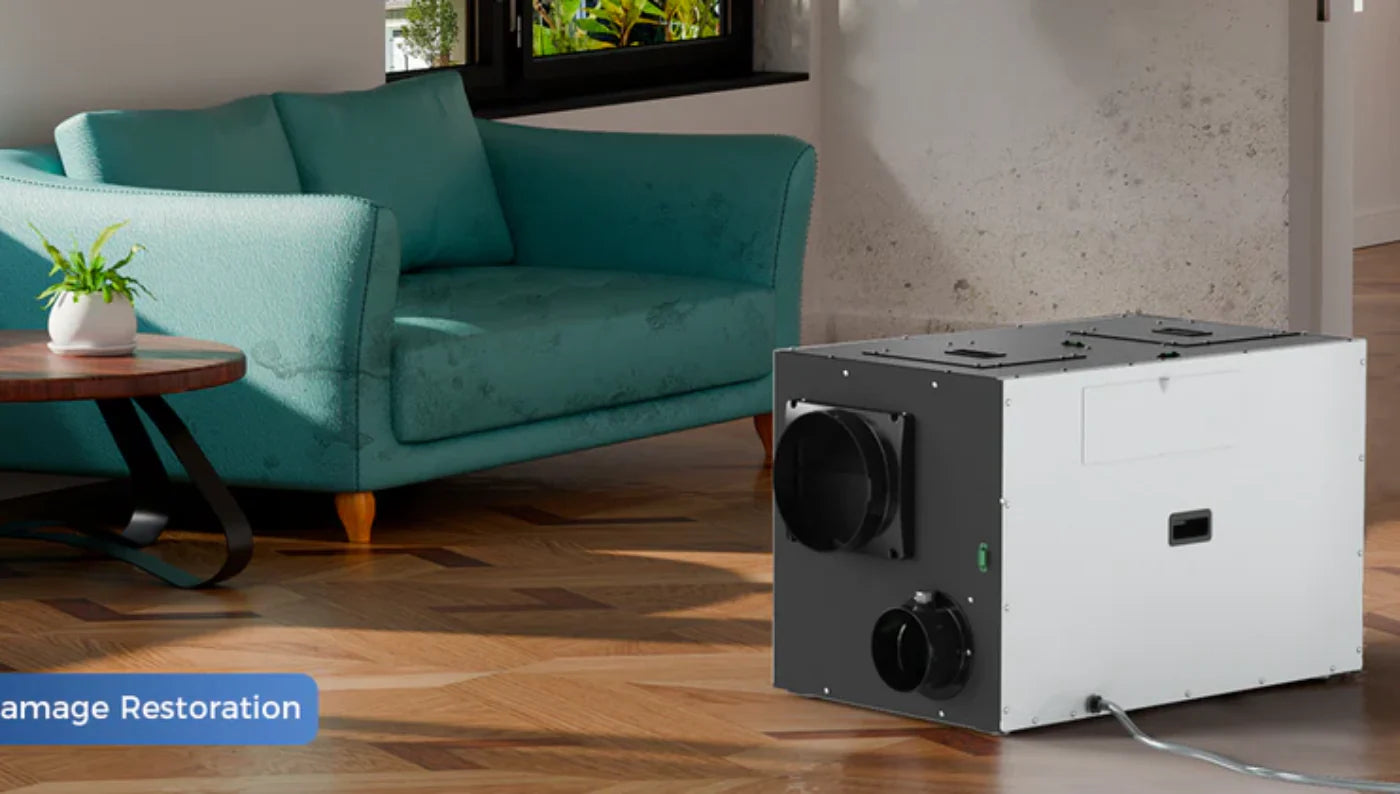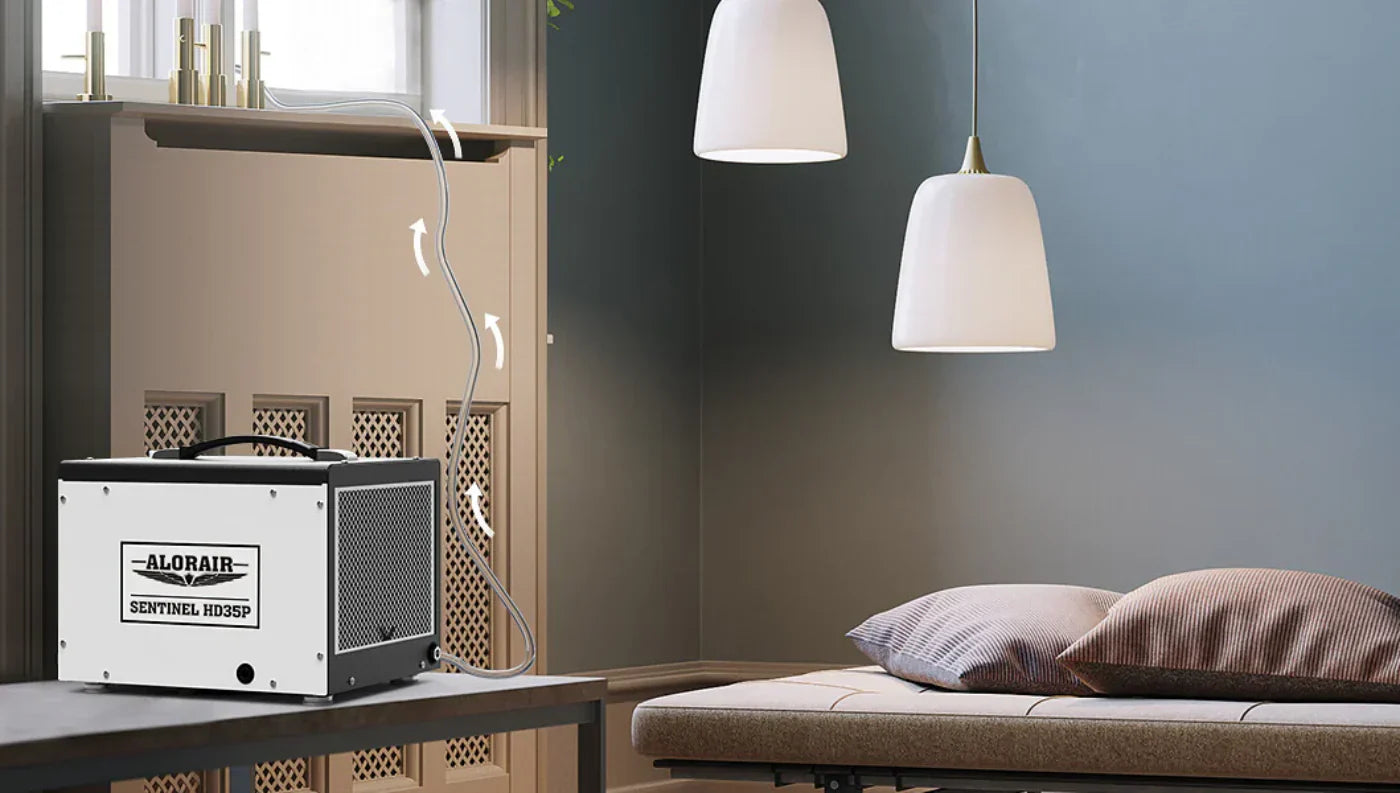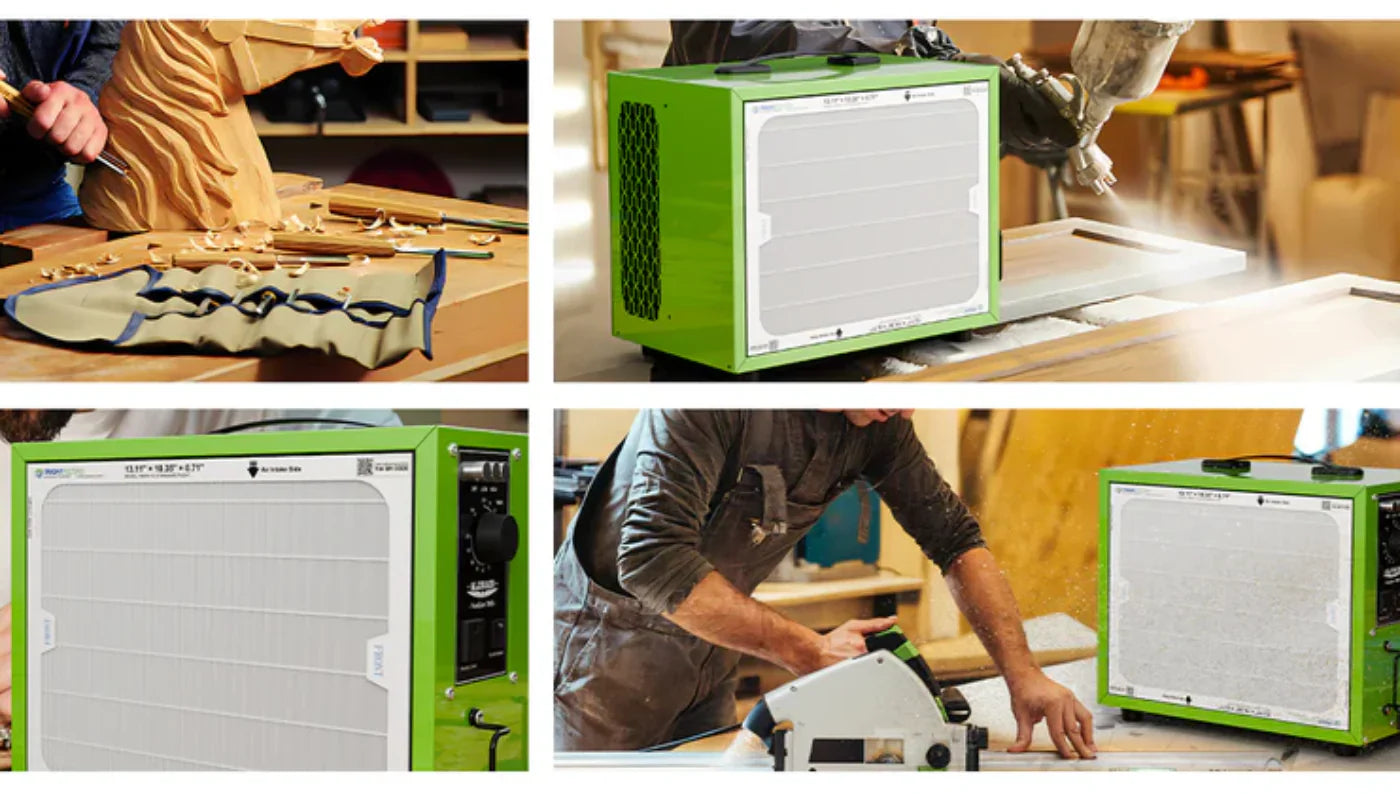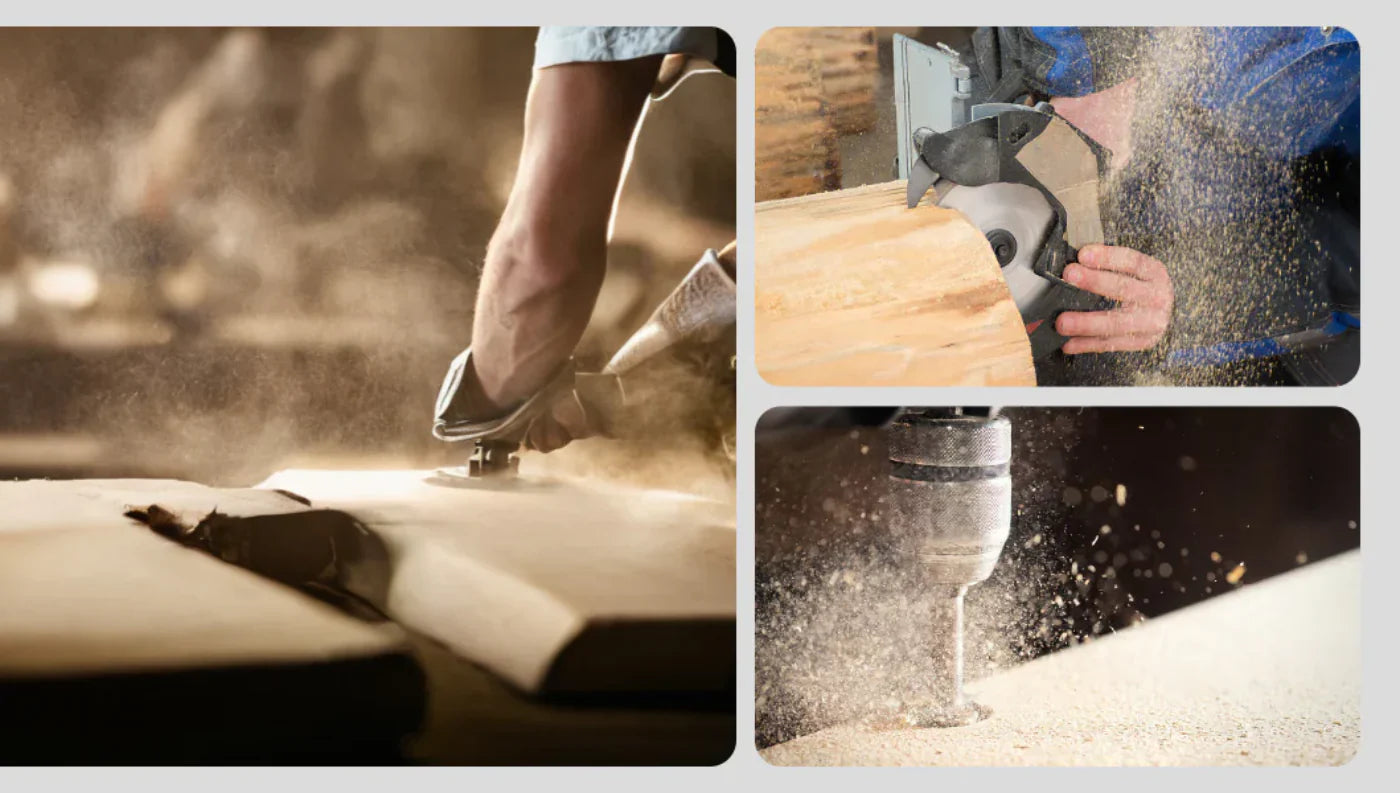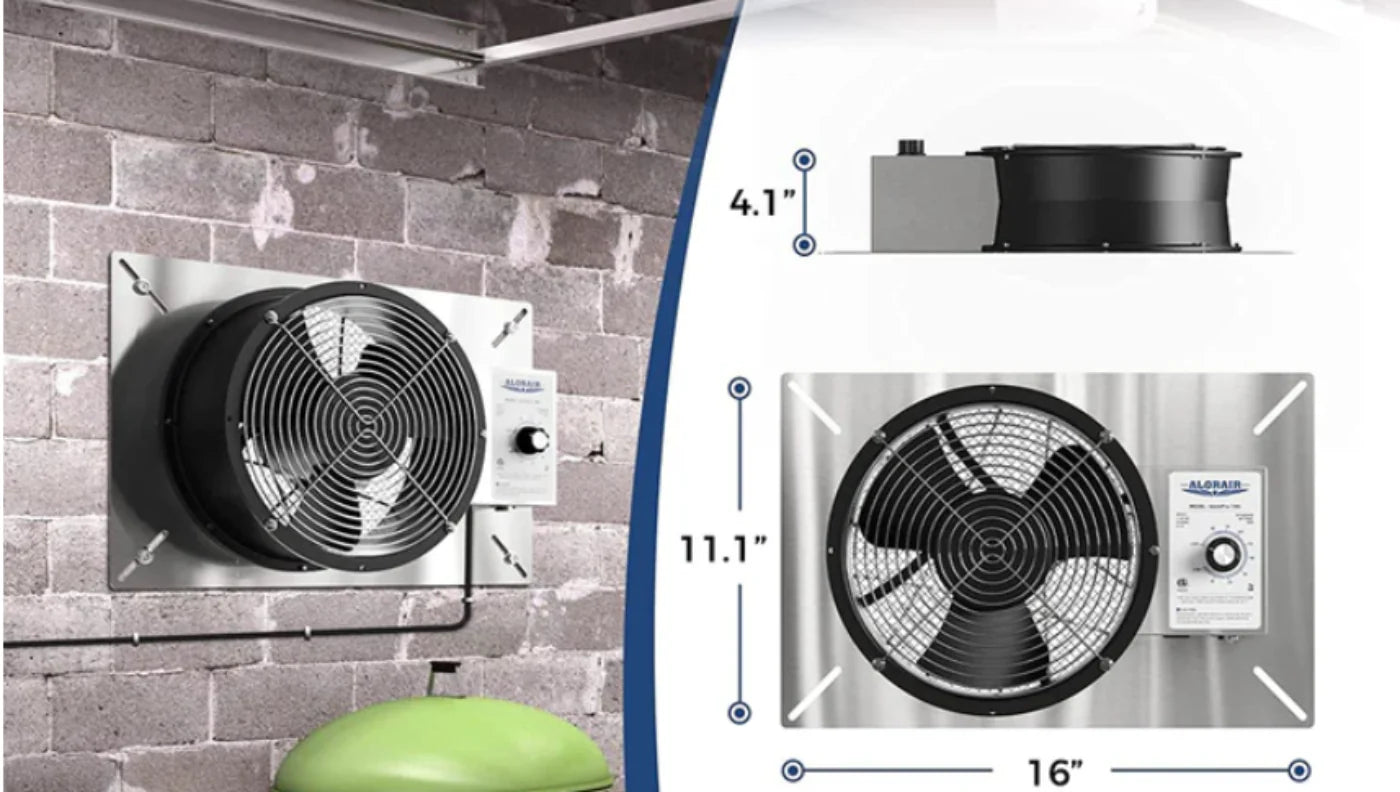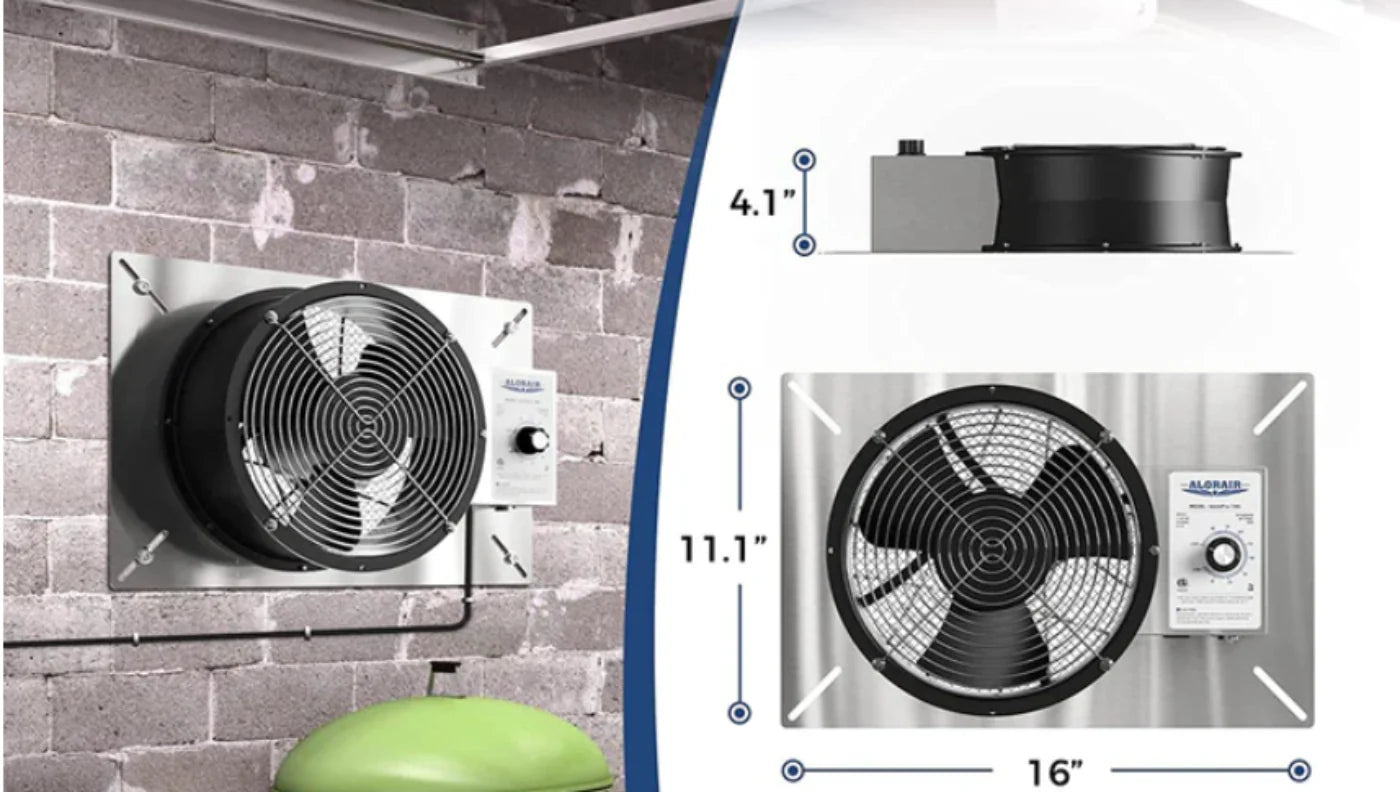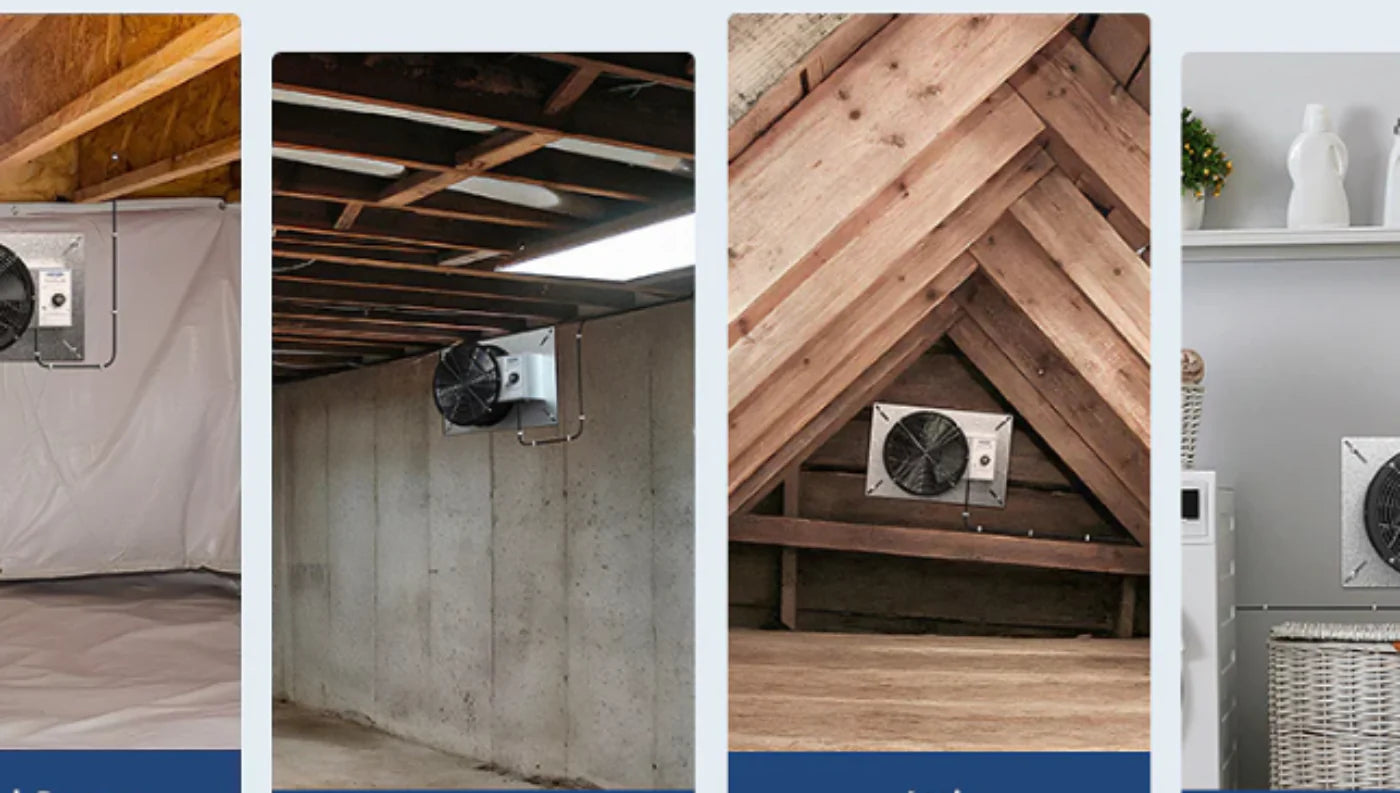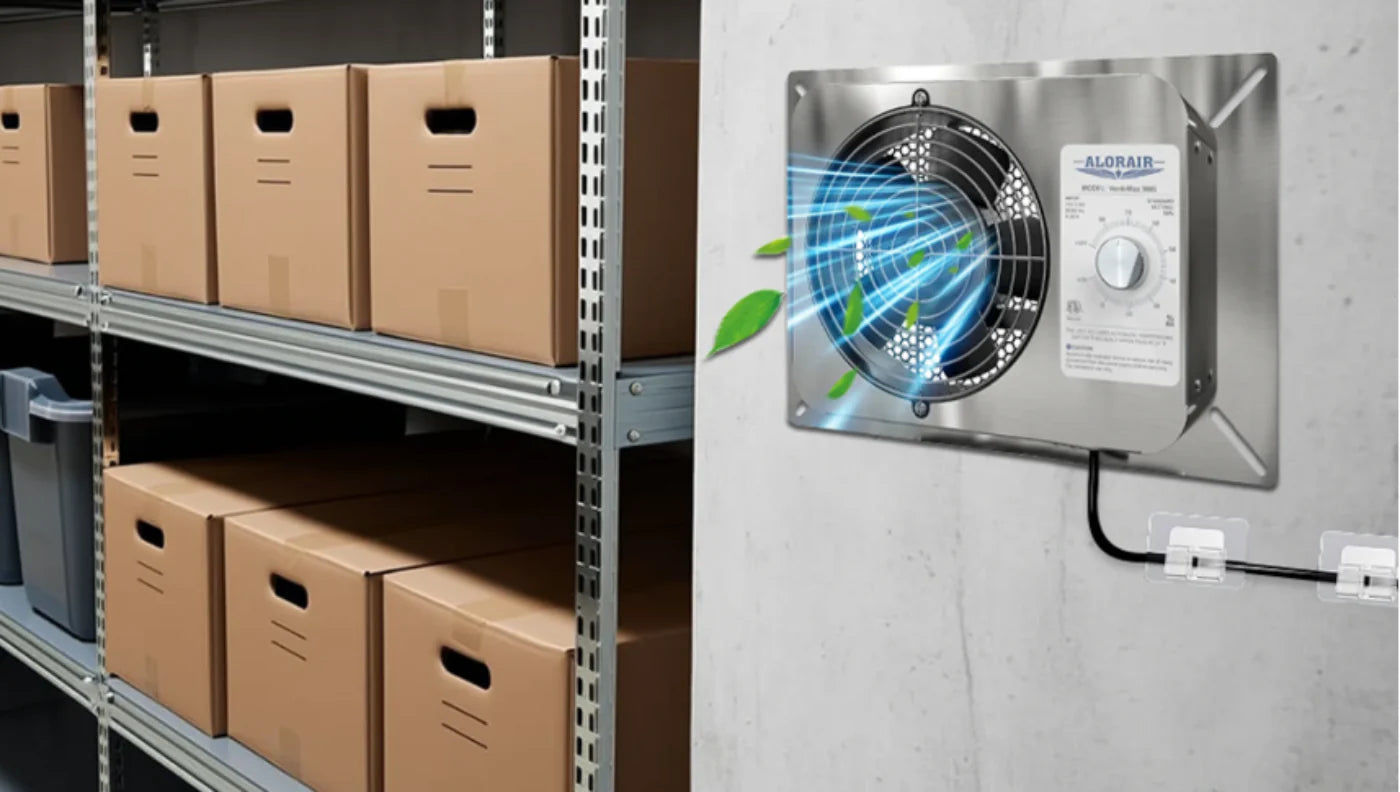Waiting 5 to 12 months for natural seasoning to dry firewood is generally really slow. Cutting the wood, storing it properly, enhancing airflow, and using equipment such as dehumidifiers can reduce drying duration by 70% in controlled conditions, and you can dry firewood in 2-6 weeks.
This post describes how to dry firewood faster through efficient strategies and tools that enhance heat quality and indoor air safety.
How to Dry Firewood Fast?
How to dry out firewood fast? Drying firewood expertly needs intelligent strategies that lower moisture fast and safely. So, follow these most efficient tips to quicken the drying procedure so you can make the most out of it:
1. Split the Wood Properly
Splitting firewood boosts the exterior of the wood exposed to the air, and that assists the moisture to dry up quickly. Entire stumps keep water deep down, particularly hardwoods, for example, maple and oak.
So, break your logs into little pieces, generally 10-15 cm thick, that can fit your fireplace or log burner conveniently. This permits improved air exchange and cuts drying time by approximately 60%, as stated by research by the USDA Forest Products Laboratory. Also, split firewood stores more effortlessly and evenly.
2. Stack Firewood Off the Ground
It’s crucial to keep wood off the ground. Immediate connection with the ground puts on wetness and lowers drying pace. For this, utilize a metal foundation, uplifted rack, or old wooden pallets to elevate the stack at least 15 cm off the ground.
This setting helps avoid ground humidity from infiltrating the lower logs and fosters upward air circulation, which boosts evaporation from all layers.
3. Leave Space Between Logs
Close-packed stacks shut in moisture and restrict ventilation. However, you require a lot of air exchange to correctly dry firewood. So, use a cross-stack technique or crisscross pattern, and this separates the wood and promotes even drying.
Lean-to piling, where logs lie crossways against a support wall, also functions better. The correct spacing raises air circulation and lowers mold danger, specifically in damp settings.
4. Keep It Under Cover, but Ventilated
Safety from rain is necessary; however, full coverage retains moisture. Therefore, enclose the top of your firewood stack with a water-resistant tarp or put it beneath a shed roof. Set the sides open for the sun and wind exposure.
This stability maintains the wood dry without sealing in dampness. Sunlight increases the temperature around the stack, which further quickens drying.
5. Use Dehumidifiers Indoors
In confined or covered spaces such as basements, garages, or utility rooms, the surrounding air might be very humid to dry wood fast. Installing a crawl space dehumidifier enhances air circulation and reduces dampness.
These tools generate a constant drying atmosphere. Commercial dehumidifiers, especially, manage indoor situations accurately and considerably lower drying duration from months to weeks.
Studies from the University of Missouri Extension verify that appropriate air circulation and assembling techniques notably speed up drying time.
What Happens When You Burn Wet Firewood?
Burning damp wood creates numerous issues:
-
Incomplete Burning: Wet firewood combusts at reduced temperatures. First, the fire should dry the moisture before producing heat; consequently, it misuses energy and generates extra smoke.
-
Creosote buildup: Wet wood discharges residue gases that liquify in chimneys, making creosote _ a substance that is combustible and raises chimney fire danger. The EPA outlines that creosote formation is a major reason for chimney-related house fires.
-
Bad indoor air quality: Smoke starting with wet wood brings in fine particles (PM2.5) inside the house. These particles can provoke asthma and respiratory problems.
-
Low heat output: As mentioned by the USDA Products Laboratory, green firewood can keep up to 60% water by mass, and this wetness acutely lowers usable heat.
Can You Use a Dehumidifier to Dry Firewood?
Yes, running a dehumidifier can notably lower firewood drying time if carried out perfectly. Positioning a dehumidifier in a shaded, ventilated area reduces the surrounding dampness, which forces moisture out of the wood faster.
A perfect answer to how to dry wet firewood fast. A study indicates that dehumidifiers can boost moisture evaporation by more than 70% relative to air drying alone.
For instance, firewood in an airy garage with a dehumidifier dried in only 2-6 weeks, contrary to the common 6-12 months outdoors.
Dehumidifiers assist in two aspects:
-
The units sustain low relative humidity (RH), enhancing the drying rate of free water in wood. Studies explain that reduced RH increases the drying pace of wood fibers.
-
They decrease mold possibility because wet wood subjected to indoor humidity can spread mold. A dehumidifier maintains the air dry and secure.
For ideal results, operate a commercial dehumidifier for big stacks, a crawlspace dehumidifier, or a little unit in tight areas. Besides, confirm appropriate drainage, automatic defrost, and positioning in a ventilated region.
A Reddit user describes success: “I use dehumidifiers to control wood moisture content…Wood dries better in an open south-facing shed.”

How Long Does It Usually Take to Dry Firewood?
Typically, drying firewood takes 6-12 months under surrounding conditions. This timeframe relies on wood kinds, thickness, and weather. For instance, hardwoods such as oak require 12 months when air-dried, though softwoods such as pine might dry in 6 months.
But, utilizing indoor aids can considerably reduce time, if you’re wondering how to dry out firewood fast. Controlled circumstances in the company of dehumidifiers can lower the drying span to 2-6 weeks.
Always pursue moisture below 20%. Moisture meters provide immediate readings. Conventional processes depend on wood weight, splitting, or sound tests; however, meters offer correct, dependable information.
How to Tell When Your Firewood Is Dry?
There are various factors to consider while examining if the firewood is dry and all set for burning. Correctly dried wood ignites cleander, generates further heat, and leaves minimum creosote.
Use a Moisture Meter
When you’ve dried the wood for a while, check if it’s sufficiently dried to burn. For this, use a handheld moisture meter to calculate internal wood wetness.
Enter the probe into a recently split log, and the reading must be below 20% for it to be regarded as seasoned.
Inspect Physical Signs
Numerous evident signs show dryness, too. For instance, dried logs typically show apparent splits on the ends. Dry wood has a lighter weight because of the lack of moisture. Besides, knock two fragments of wood together. Dry wood creates a hollow sound; however, wet wood sounds dull.
Color
Seasoned wood is less shiny and colorful as compared to green wood. When the firewood turns drier with time, the color disappears till it’s an extra dim and gray color.
Smell
Green wood contains an easily recognizable, different, and absurd smell. However, dry wood does not contain a strong fragrance and has further of a conventional woodsy smell.
Conclusion
So, how to dry firewood fast? The use of efficient methods such as cutting, piling, and sun exposure cuts drying time. Besides, equipment such as dehumidifiers aids in drying wet firewood quickly indoors, lowering the procedure from months to weeks. Delve into commercial and crawlspace dehumidifiers from Aloraircrawlspace to upgrade your firewood drying procedure.




